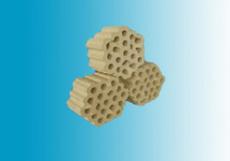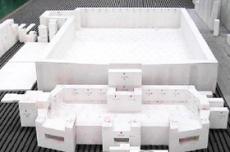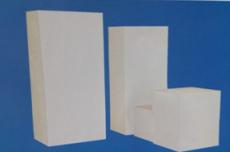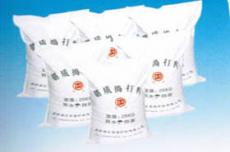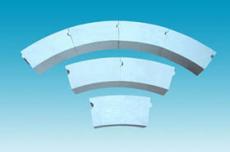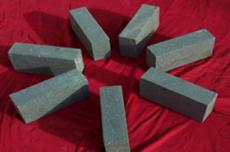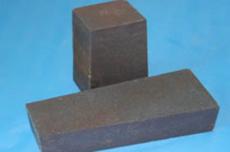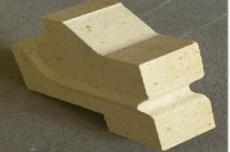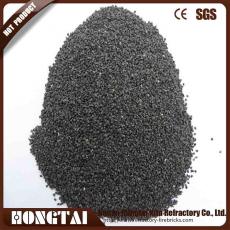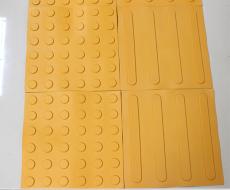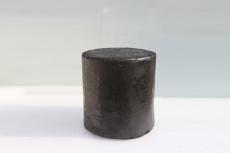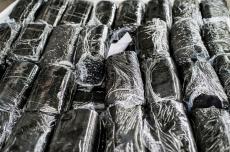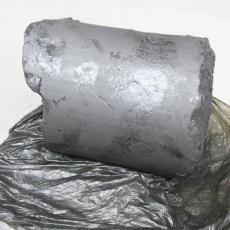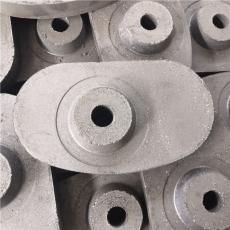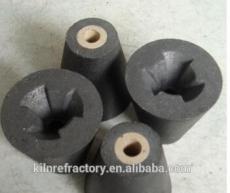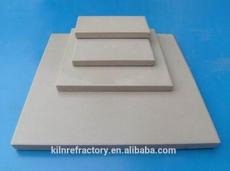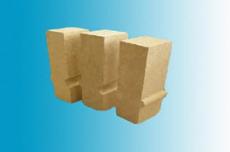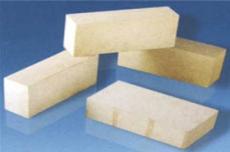
The performance and design requirements of slag ditch refractory castable are as follows:
1>. Performance characteristics of slag ditch refractory castable.
1. High strength: It can resist erosion and impact caused by slag and water flow, and generally has a compressive strength of 60 MPa or more.
2• High wear resistance: Effectively resists friction losses such as slag particles, and the wear amount is generally ≤0.1 kg/m².
3• Corrosion resistance: It can withstand the chemical attack of slag and water, forming a dense protective layer that prevents erosion damage.
4. Thermal shock resistance: Even if the temperature changes during slag cleaning, it is unlikely to crack or peel off due to thermal stress.
5• Good workability: With sufficient fluidity and plasticity, it is easy to apply and can be quickly shaped into the required shape.
6• Good integrity: After injection, it can be molded as a whole, and will not crack, peel off, etc., which ensures a long service life.
7• Oil penetration resistance: Prevents oil stains from penetrating into the casting during the slag cleaning process and deteriorating its properties.
2>. Design requirements for refractory concrete for slag pits.
1• Preparation for installation: Ensure that the casting body is intact, has not expired, and does not contain moisture and aggregates. Ensure that the construction water meets drinking water standards and prepare construction equipment and tools such as mixers and vibrators. Clean the installation site, remove dirt and dust, and secure the base of the installation site so that it has a rough surface and no loose parts.
2• Mixing: Using a forced-action mixer, first pour the mortar into the machine, then add the additive bag and dry mix for 2-3 minutes until all ingredients are thoroughly mixed. Carefully calculate the amount of water to add based on the mortar type and the manufacturer's recommendations, and stir for 3-5 minutes after adding water until the mixture is uniform and no visible particles or air bubbles remain.
3• Pouring: Ensure that the formwork is securely fastened, has no gaps or displacements, and is clean and free of contaminants inside. The prepared mortar is quickly poured into the formwork, and then compacted layer by layer with a vibrator. The height of each layer should not exceed 900 mm to avoid contact with the anchors and damage to the insulation layer. Do not vibrate the device in the same position for a long time or vibrate it again. After the surface has compressed, slowly remove the vibrator. The pouring process is continuous, and if pouring is done in layers, each layer is poured before the previous one begins to harden.
4• Maintenance: There are several ways to maintain the humidity of refractory concrete, such as spraying it with water or covering it with a damp cloth, but the amount and frequency of watering should be adjusted depending on the properties of the concrete and environmental conditions. The temperature is increased gradually to avoid too rapid an increase in temperature, which can lead to internal stress and cracks. Avoid external influences, strictly supervise the work of equipment and personnel on site, and prevent vibrations and collisions that can affect the concrete during maintenance. 5. Grilling: Before grilling, it is necessary to start and maintain a fire in the room, it is strictly prohibited. Create a heating curve suitable for each type of concrete, and follow the principle that the heating rate should be consistent with possible dehydration and other phase changes and transformations, and heating should be slow or maintaining certain temperature intervals for an appropriate time.
